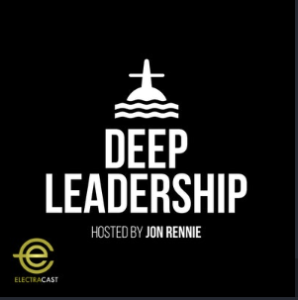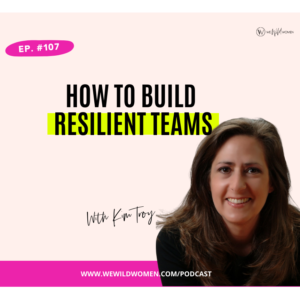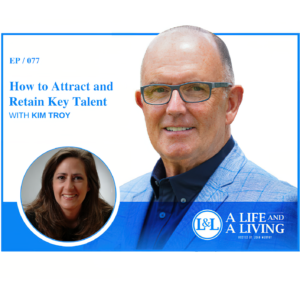This article is part of the 7 Deadly Sins of Relationship-Based Marketing series. In the series, we’ll chronicle different online behaviors and practices that can ruin your business relationships. Some are subtle, and some not so much. If the success of your business relies on maintaining healthy relationships with current clients, prospects, or a network of referrers, it could be time you start repenting.
Deciding what mix of tactics to use in your marketing blend can be like walking a tight rope: If you lean too far to one side, you’re not reaching enough people and your message is weak. If you lean too far to the other side, you come across as a bonafide stalker.
We talk frequently about how crucial maintaining healthy relationships is to a business’ success. Especially for those who sell with a handshake rather than a click (I’m talking to you B2B folks!). Okay, so let’s assume that that’s common knowledge to all who oversee their company’s sales and marketing efforts. But what does “maintaining healthy relationships” really mean?
What exactly is a relationship and how do we measure its health? Let’s break out the meaning of relationships, and while we’re doing so, we’ll set some standards.
Read on, friends.
What is a relationship?
A relationship, as defined by Merriam-Webster, is: “the way in which two or more people, groups, countries, etc., talk to, behave toward, and deal with each other.” Let’s focus on the action part of that definition, “deal with each other.” If you’re sending out hundreds or thousands of communications to people, and they’re not responding—or worse, not given the opportunity to respond—what you have is not a functional relationship.
I hate to be the bearer of bad news, but what you’re doing is more akin to stalking than engaging in meaningful conversation. It might be time to try a different approach.
Brand-building does not equal relationship-building
You might be thinking, “But how else are we to build our brand if we don’t broadcast our message far and wide, and to as many people as possible?”
You’re not alone in your query, but managing your brand as a whole and staying in touch with the people who can potentially aid your success are very different practices. Too many business owners are tricked into thinking each task is the same, or that you can accomplish one with the same tools you’d use to accomplish the other.
Sure, we as consumers have relationships with brands in that we develop opinions about them based on how they express their ideologies, the consistency with which they communicate their viewpoints and the niche they carve for themselves in their industry. Establishing an online presence is good, and we definitely encourage companies to do that (in the right way). But one-sided communications can’t replace your phone calls, personal emails and the unique touches that remind folks you’re a real person with a vested interest in them.
Are you actually engaging?
Think for a second about all the different marketing initiatives your business is engaged in currently. Your strategy is probably built around a mix of social media, an email marketing campaign, even some inbound SEO—a well-rounded comprehensive package, or so you’ve been led to believe. Some of these platforms might be right for your business, and others may only be enabling you to tick off the people you’re trying to impress. You can’t rely on digital tools exclusively to do your networking for you.
It will backfire.
I won’t name names, but there are people I know personally who offer services that I might one day buy. And I only hear from some of these people when I receive their monthly newsletter or a mass printed holiday mail card wishing me a “Happy Thanksgiving.” Do I consider myself the lucky recipient of such a thoughtful gesture? No. Instead, it reminds me that I haven’t had a real conversation with these people for months. That abysmal lack of personal communication demonstrates that they only think of me as a lead in their sales funnel.
And—it feels like they’re stalking me. Failing to recognize or acknowledge my own lack of response, they persist, with no regard or consideration for whether I’m interested in what they have to say.
How to save face
Don’t just advertise. Find something else to share with your connections. Ask them, (individually) about what’s new in their world, find out what their opinions are about your industry (or theirs), treat them like people. Because they are real people with real memories, and you better believe they’ll remember how you chose not to dump them into a black hole of automated marketing with several hundred others.
They’ll remember that you remembered them.
And the next time they’re looking to buy new windows, hire a caterer, a lawyer, contract someone to build their new office building, whatever it is you do—they’ll be more likely to consider asking you to do it.
If you need some guidance on how to walk that tight rope, give us a call.










